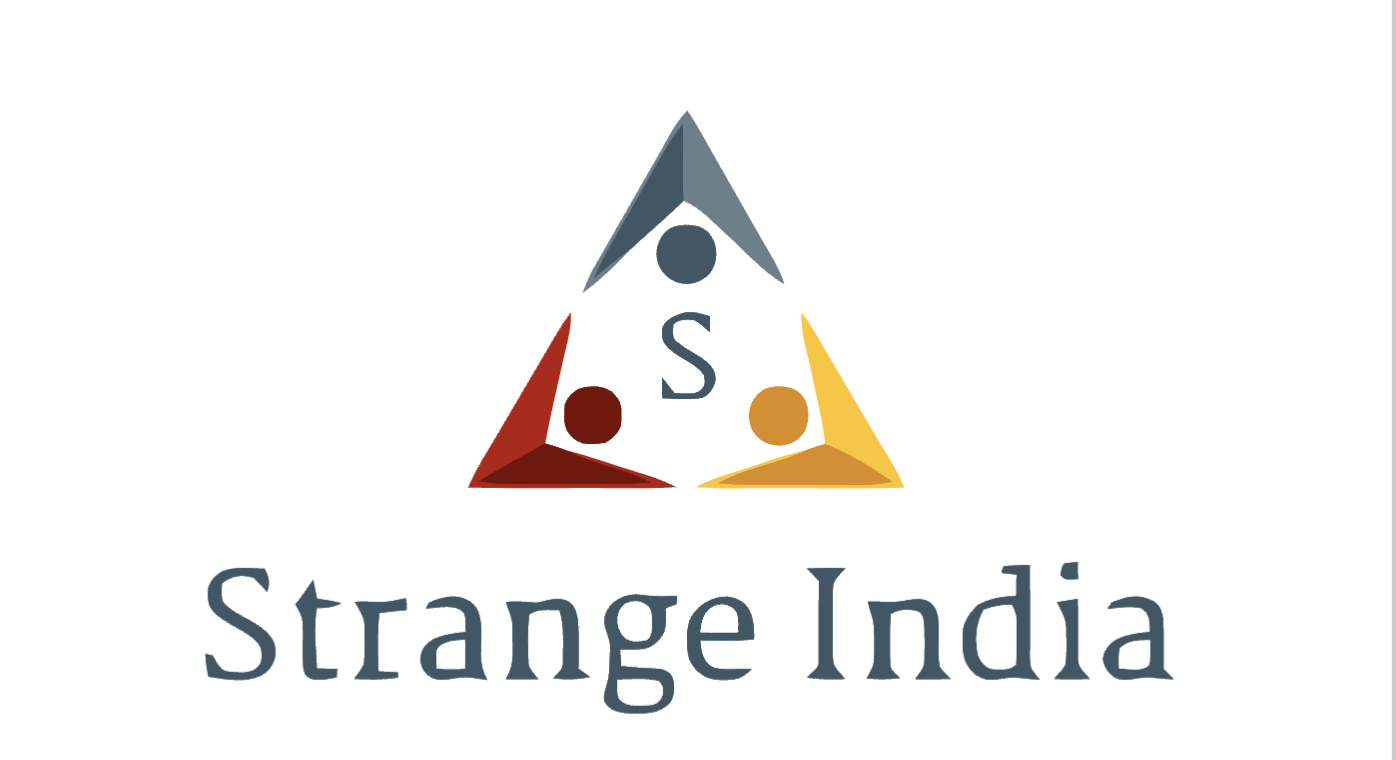RAS-MAPK signaling is fundamental for cell proliferation and altered in most human cancers1-3. However, our mechanistic understanding of how RAS signals through RAF is still incomplete. While studies revealed snapshots for autoinhibited and active RAF–MEK1–14-3-3 complexes4, the intermediate steps leading to RAF activation remain unclear. The MRAS-SHOC2-PP1c holophosphatase de-phosphorylates RAF on Serine 259 resulting in 14-3-3 partial displacement and RAF-RAS association3,5,6. MRAS, SHOC2 and PP1C are mutated in Rasopathies, developmental syndromes caused by aberrant MAPK pathway activation6-14 and SHOC2 itself has emerged as potential target in RTK-RAS driven tumors15-18. Despite its importance, structural understanding of the SHOC2 holophosphatase is lacking. Here we reveal a 1.95 Å X-ray crystal structure of the MRAS-SHOC2-PP1C complex. SHOC2 bridges PP1C and MRAS via its concave surface and enables reciprocal interactions between all three subunits. Biophysical characterization indicates a cooperative assembly driven by the MRAS GTP-bound active state, an observation extendible to other RAS isoforms. Our findings support the concept of a RAS-driven and multi-molecular model for RAF activation in which individual RAS-GTP molecules recruit RAF-14-3-3 and SHOC2-PP1C to produce downstream pathway activation. Importantly, we find that Rasopathy and cancer mutations reside at protein-protein interfaces within the holophosphatase, resulting in enhancing affinities and function. Collectively our findings shed light on a fundamental mechanism of RAS biology and on mechanisms for clinically observed enhanced RAS-MAPK signaling, thus providing the structural basis for therapeutic interventions.
